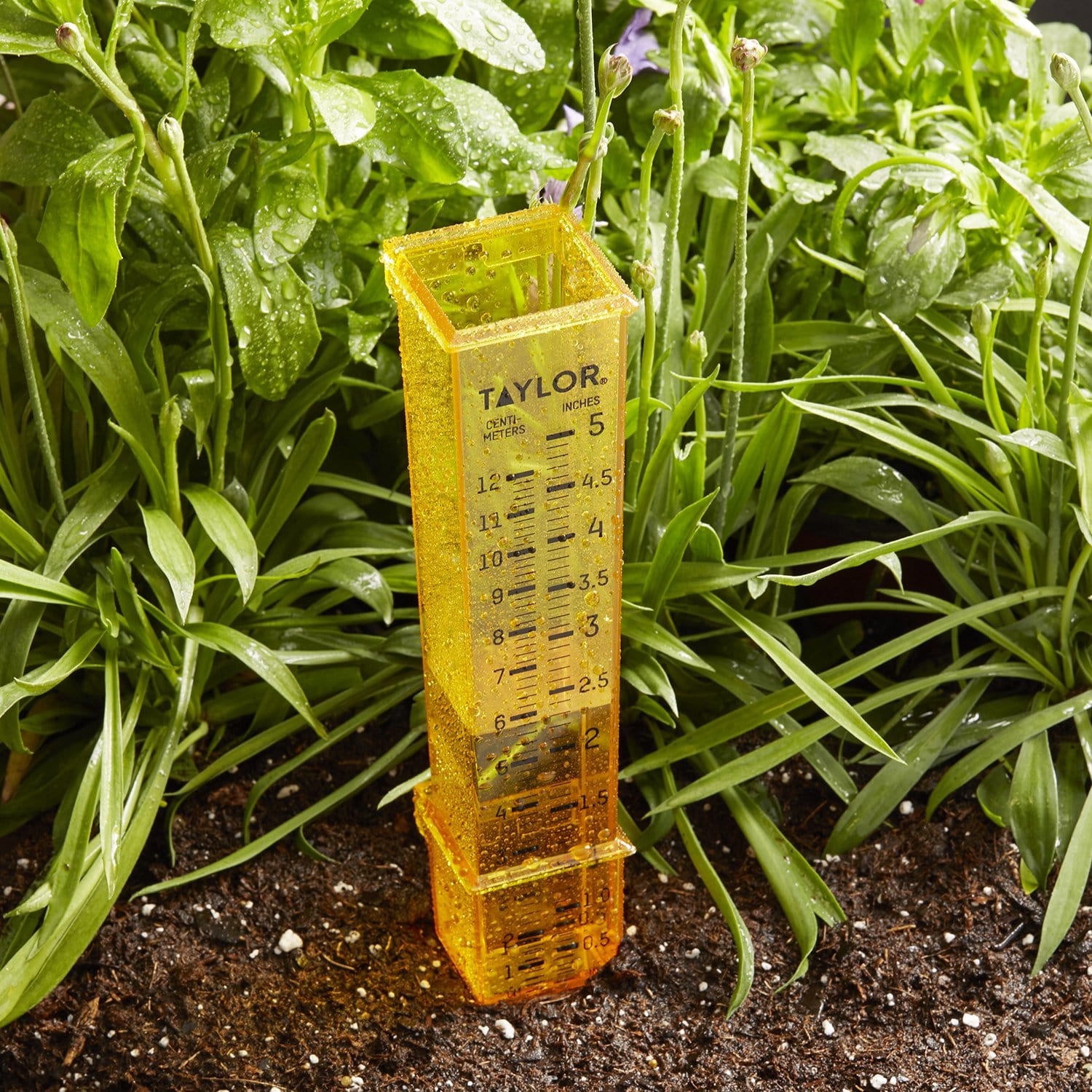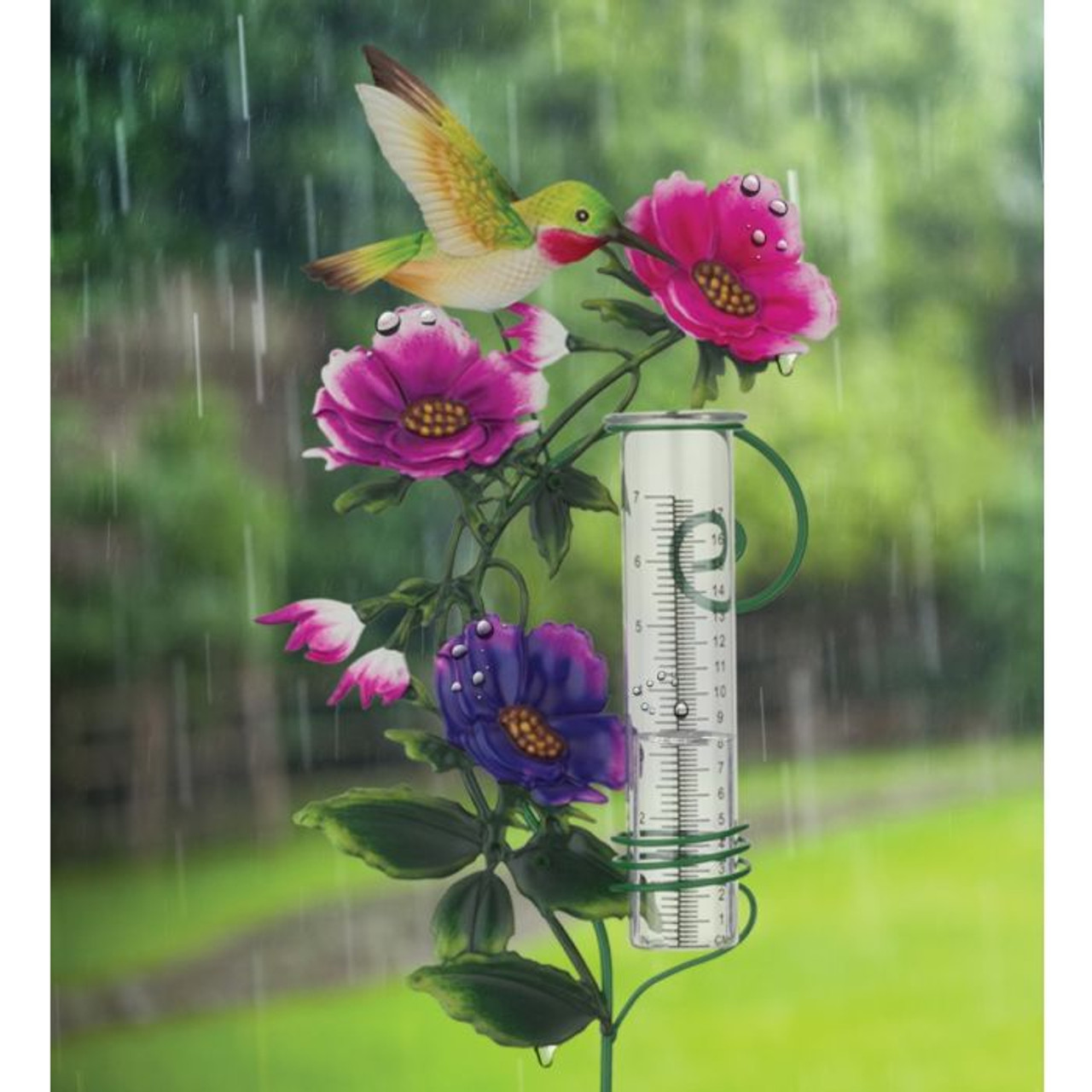Recognizing The Rain Gauge: Value, Types, and Use Explained
Recognizing The Rain Gauge: Value, Types, and Use Explained
Blog Article
Exactly How to Pick the Right Rain Gauge for Accurate Rainfall Information
Precise rainfall data is critical for various markets and tasks, such as weather forecasting, agriculture, and water source monitoring. To acquire reputable dimensions, it is vital to pick the ideal rainfall gauge. This overview intends to supply useful insights right into the selection procedure, permitting you to make educated decisions. Thinking about factors such as location, type, and precision of the rain gauge will aid guarantee exact data collection. Additionally, understanding the upkeep and calibration treatments will certainly contribute to the durability and integrity of your rain gauge. By complying with these standards, you can guarantee accurate rains information, enabling far better decision-making and preparation for numerous applications.
Relevance of Picking the Right Rain Scale
The significance of selecting the best rain scale hinges on acquiring exact and trustworthy rains information for precise atmospheric analysis. Rainfall data is essential for a large range of applications, consisting of climate projecting, hydrological modeling, and climate research study. Undependable or unreliable data can result in erroneous final thoughts and flawed decision-making processes.

Second of all, the accuracy and precision of the rain scale are vital. The gauge needs to be able to measure rainfall with high precision, recording even tiny amounts of rainfall precisely.
Additionally, the area and setup of the rainfall gauge are crucial factors to consider. It should be put in an open area, away from blockages that could impact rains measurements. The gauge ought to be placed at an ideal height and angle to avoid splashing and guarantee proper catchment of rain.
Aspects to Take Into Consideration When Selecting a Rainfall Scale
When picking a rain gauge, there are numerous vital elements to take into consideration. There are various kinds readily available, consisting of basic rain evaluates, tipping bucket rainfall assesses, and evaluating rainfall assesses.
One more factor to consider is the material of the rain scale. Rainfall determines can be made from different products, such as glass, plastic, or metal. The product selected need to be immune and long lasting to climate condition, making sure that the rainfall gauge will certainly endure the elements and provide exact dimensions gradually.
Accuracy is additionally an essential factor to take into consideration. Seek rainfall evaluates that have been calibrated and examined for precision. Functions such as anti-splash rings and funnels can also boost the precision of the measurements.

Lastly, take into consideration the climate and setting in which the rain scale will be utilized. Various rain determines are appropriate for various climates, so it is very important to choose one that is proper for the problems in your location.
Different Types of Rainfall Gauges Offered
To better discover the variables to think about when selecting a rain gauge, it is crucial to understand the various types of rain evaluates offered. The most typical kind is the standard rainfall gauge, additionally understood as the cylindrical rainfall scale.
One more kind of rain visit this page gauge is the tipping pail rainfall scale. As the rain drops into the scale, it fills up one side of the container, causing it to tip and empty the water.
A 3rd type of rain gauge is the evaluating rainfall scale. This gauge makes use of an equilibrium system to measure the weight of the collected rainfall. As the rainfall falls under the gauge, it is accumulated in a container connected to a balance. The weight of the water is measured, and the rains amount is computed based on the weight. Considering rainfall gauges are highly accurate yet can be more expensive and require regular maintenance.
Finally, there are additionally remote rainfall evaluates that use advanced modern technology to gauge rainfall (The Rain Gauge). These gauges use sensors and transmitters to send information wirelessly to a main unit. Remote rain determines are hassle-free for monitoring rainfall in hard-to-reach locations or for large-scale information collection
Just How to Figure out the Accuracy of a Rain Scale
One method to analyze the precision of a rainfall scale is by performing routine calibration measurements. Calibration involves comparing the readings of a rainfall gauge to a standard measurement, such as a qualified rain scale or a climate terminal with high precision. By contrasting the dimensions, any type of disparities or inaccuracies in the rainfall gauge can be recognized and made up.
To carry out a calibration dimension, start by gathering rains data from both the rain scale and the typical measurement device over a particular amount of time, click for more such as a month. After that, compare the analyses and determine the difference between them. This difference is called the calibration mistake.
It is necessary to note that calibration measurements must be done frequently, as ecological variables, such as wind, particles, and temperature, can affect the accuracy of the rainfall gauge with time. By performing normal calibrations, any type of changes in the precision of the rain scale can be found and adjustments can be made accordingly.
In addition to calibration, it is likewise suggested to tidy and keep the rain gauge consistently to ensure its accuracy. Get rid of any debris or obstructions that might impact the accuracy of the measurements, and examine for any indications of damages or use that may require fixings or replacement.
Tips for Keeping and Adjusting Your Rain Gauge
Normal upkeep and calibration are essential for guaranteeing the accuracy and integrity of your rain scale in determining rainfall data (The Rain Gauge). By adhering to a few basic suggestions, you can make certain that your rain gauge is effectively preserved and adjusted
First of all, it is necessary to clean your rainfall scale routinely to prevent any kind of debris or dust from obstructing the rainfall collection device. Use a mild cleaning agent and a soft brush to carefully clean up the within and outside of the scale. Rinse it completely with clean water and enable it to dry completely prior to re-installing it.
Secondly, it is recommended to calibrate your rain scale at the very least yearly. Calibration involves comparing the dimensions of your rain scale with those of a relied on and accurate reference gauge. This will assist you determine and fix any type of prospective mistakes in your rainfall scale's dimensions.
To calibrate your rain scale, gather a recognized volume of water using a gauging container and contrast it with the dimensions tape-recorded by your rain scale. Adjust the analyses as necessary to make certain accuracy.

Final Thought
Finally, choosing the appropriate rainfall gauge is essential for obtaining exact rains information. When selecting a rain scale, aspects such as place, budget, and purpose ought to be taken into consideration. There are different kinds of rainfall determines offered, each with their own benefits and limitations. It is very important to on a regular basis preserve and calibrate your rainfall scale to ensure its precision. By complying with these guidelines, exact rainfall information can be gotten for numerous applications.
There are various kinds readily navigate to these guys available, including common rainfall evaluates, tipping bucket rain determines, and considering rain assesses.To further explore the factors to take into consideration when choosing a rainfall gauge, it is crucial to recognize the different types of rainfall gauges available. The most common type is the typical rainfall gauge, also recognized as the cylindrical rainfall scale.One more kind of rain scale is the tipping pail rainfall gauge. Calibration includes comparing the analyses of a rain gauge to a basic dimension, such as a certified rain scale or a weather condition terminal with high precision.
Report this page